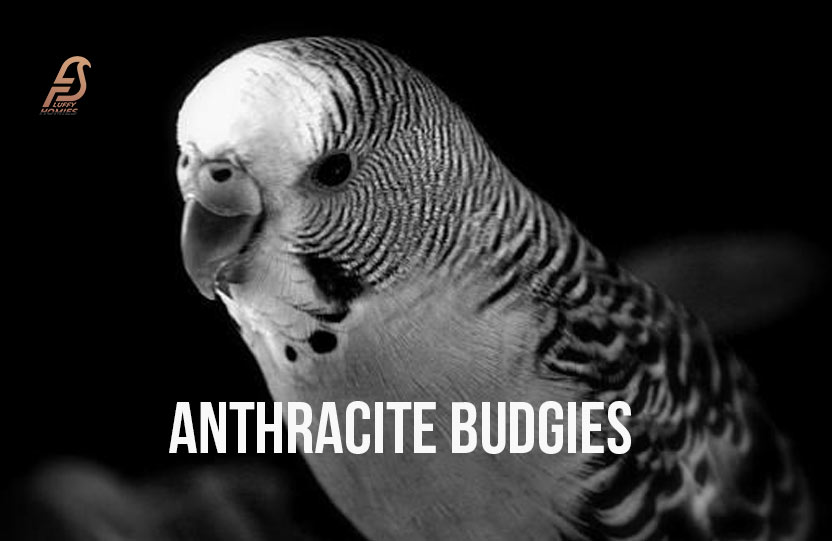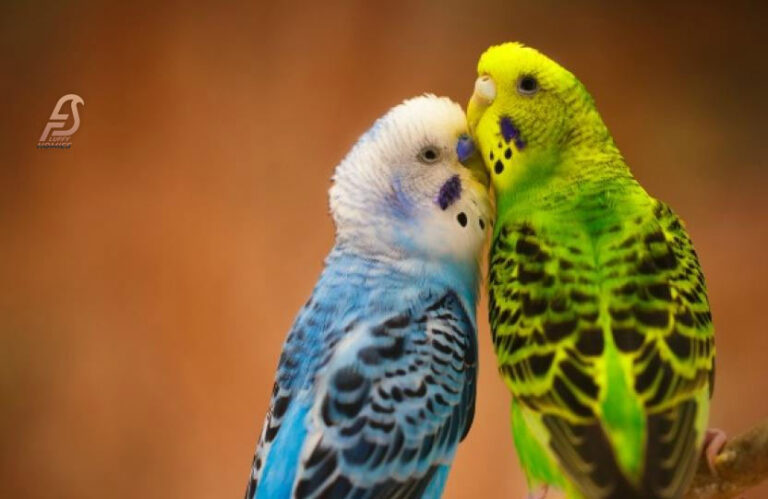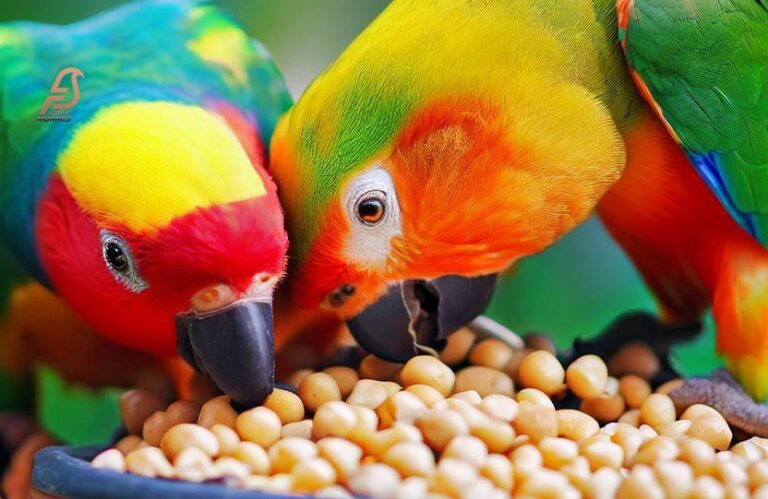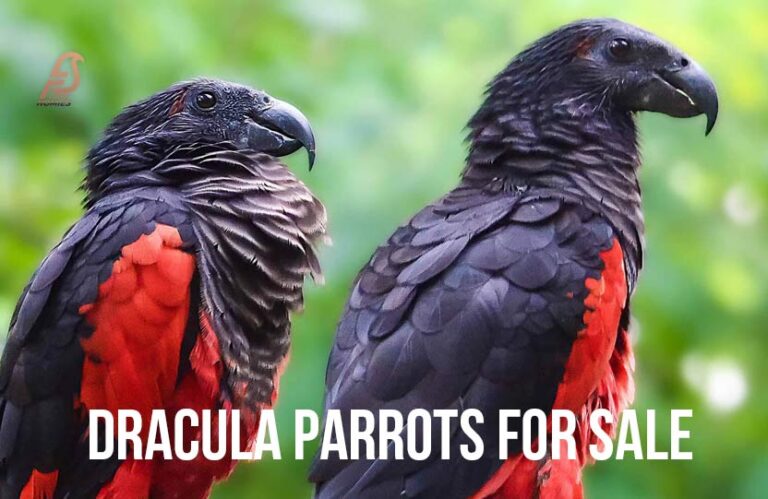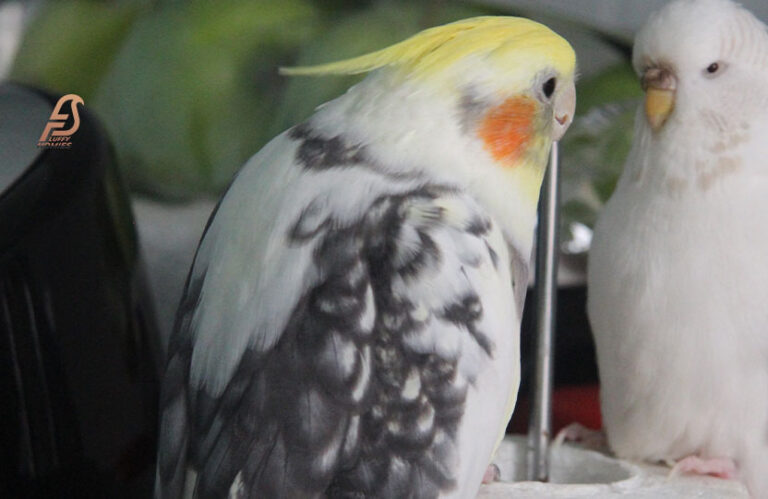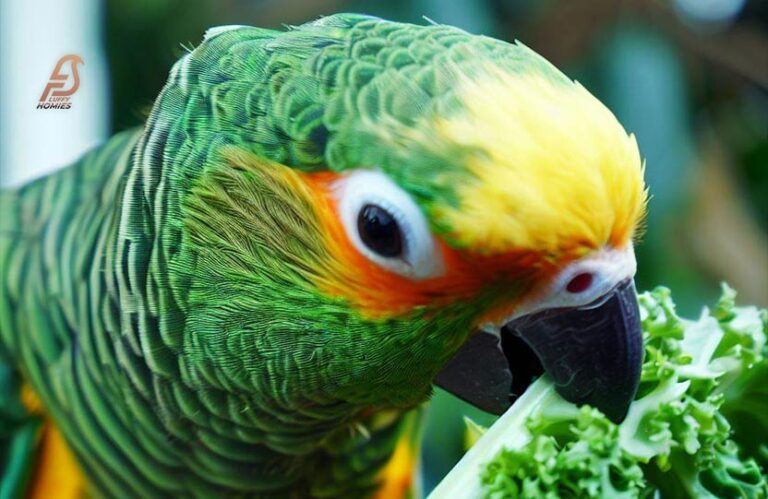Anthracite Budgies (Anthracite Budgerigar Mutation 2024)
The anthracite budgie is an intriguing newcomer to the budgerigar family. In contrast to the common green and yellow budgies, these one-of-a-kind birds have stunning and eye-catching coloring.
This budgie’s mysterious and elegant appearance is attributed to its “anthracite” coloring, a deep, dark gray like purple budgies. Bird watchers and collectors alike have taken a shine to anthracite budgies for their striking look.
Their deep, striking hues turn heads because they evoke the icy charm of authentic anthracite coal. As more and more people see the exquisite beauty that these budgies provide, their demand has skyrocketed.
Stay tuned for a more in-depth look at how anthracite budgies look, their interesting history, the genetics and mutations that give them their distinctive color, how to breed these beautiful birds, and where to get your very own one.
Alright, then, how about we jump into the anthracite budgie world and start this exciting adventure together?
Anthracite Budgies
Some people think this mutation started in Germany and is mostly linked to that region. To get their hands on Anthracite budgerigars, most owners have to import the birds from Germany.
At least as far as can be determined at this time, I have proven that the Anthracite and the English Grey are genetically and descriptively similar.
The fact that the Anthracite is just the English Grey updated for the present day has been more and more apparent as of late.
Anthracite Budgies: A Visual Overview
The black-faced budgie, or anthracite budgie, is visually distinctive and easily recognizable. These birds get their distinctive and enigmatic appearance from the solid black mask that covers their faces.
In stark contrast to the rest of their feathers, the black hue runs from the top of their head to the tip of their beak.
Anthracite budgies usually have shiny, sleek bodies that are a deep, rich shade of azure. Their striking hue not only enhances their attractiveness but also distinguishes them from other budgie variations.
Besides their striking mask, anthracite budgies are easily identifiable by their other morphological characteristics. Typical characteristics include a stocky physique, a proportional head, and a short, stocky body.
In general, their beaks are short and pointed, making them ideal for eating nuts and seeds. These budgies have superb flying and agility because of their fully-grown wings and tail feathers.
A lot of people who like birds choose anthracite budgies because of their beautiful and striking look.
Also Check: Are Budgies Smarter Than Dogs?
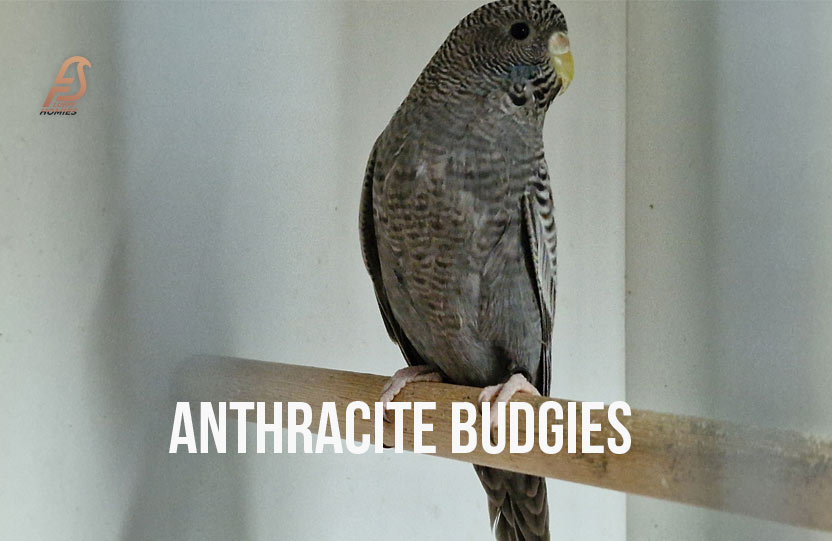
History of Anthracite Budgies
Several decades ago, anthracite budgies had a fascinating past like lutino macaw. Midway through the twentieth century, these extraordinary birds were found for the first time in the wild in Australia.
Back then, birdwatchers were captivated by the striking contrast between the feathers’ black and white coloration. The anthracite mutation in budgies was developed by selective breeding, however this did not happen until the late 1970s.
Genetic research and the hard work of enthusiastic breeders have been crucial to the development of anthracite budgies.
Budgies with striking charcoal black and white plumage were created by these breeders after a string of meticulous breeding processes.
Anthracite budgies were formerly rare and exotic, but their popularity skyrocketed, and they are now sought after by bird enthusiasts all over the globe. Even in modern times, these lovely birds have a way of winning over breeders old and new.
Anthracite Budgerigar Mutation and Genetics
Similar to other types of birds like emerald macaw, anthracite budgies can exhibit a range of mutations that cause them to have unique characteristics.
The smoky, black feathers of these budgies are a result of the anthracite mutation, which is rather prevalent. Their feather color is caused by a mutation that changes the dispersion of melanin.
Because of this, anthracite budgies may be any shade from deep charcoal to nearly black in terms of overall hue. If both parents of the bird species possess the anthracite gene, then the kids will acquire this mutation.
Some genetic mutations can cause budgies to look very different from one another, including the anthracite mutation.
Varieties such as violet, spangle, yellowface, and pied are among them. Different mutations cause different patterns and variations in color because they change the amount and distribution of pigmentation.
As breeders meticulously choose partners to generate certain genetic combinations and intended results, these mutations play a substantial role in breeding.
To breed and enjoy these extraordinary birds for their compelling and unique traits, breeders and lovers must have a firm grasp of the mutations and genetics of anthracite budgies.
How to Breed an Anthracite Budgie?
A thorough familiarity with the genetic characteristics of Anthracite budgies is necessary before breeding them. To breed Anthracite budgies successfully, you must first get a male and a female.
Keep in mind that Anthracite budgies are a color mutation, meaning that the Anthracite gene should be present in both sexes of the budgie species.
Anthracite budgies will have a better chance of reproducing if you provide them with a large cage that looks and feels like their native environment.
For the female budgie to be able to lay her eggs, it is necessary to provide a nesting box or appropriate nesting material. To keep the budgies healthy, you need to keep their cage clean and tidy.
You must keep a careful eye on the behavior of your Anthracite budgies when you are trying to breed them. The male budgie is ready to mate when he displays wooing behavior towards the female, which includes singing and regurgitating food.
The time it takes for eggs to hatch after mating is around 18–21 days. The mother must be given healthy food at this time so that she can carry the egg through the incubation process.
You may improve your chances of having healthy, happy Anthracite budgies by keeping to these rules and providing a comfortable habitat.
If you care about the health and happiness of the birds and want to breed them successfully, you should only do it by yourself or with the help of an avian specialist.
Also Check: Pumpkin For Budgies – Yum or Yikes?
Anthracite Budgie Price
The demand for these unusual and beautiful birds has increased as the number of people interested in birds has grown. Anthracite budgies are no exception.
Some factors affect the price of anthracite budgies, as they do with any specialty breed.
Anthracite budgies can cost anywhere from $100 to $500 on average, with the exact amount depending on factors including the breeder, the bird’s location, and its unique traits.
A budgie’s genetic history, markings, color intensity, and age are some of the factors that might affect its price.
Price points for fully grown budgies with vivid and noticeable anthracite coloring tend to be more than those for younger birds whose plumage has not yet attained its full-color potential.
Also, collectors and breeders may be willing to pay a premium for budgies who have unusual or desirable genetic mutations because of their rarity and appeal.
The look of an anthracite budgie is not the only factor that goes into determining its price, though. In addition to the breeder’s reputation, the bird’s health and disposition, and any extra services or assurances offered could affect the ultimate price.
If you want to be sure you’re getting a good deal on a bird, it’s smart to look into different breeders and compare pricing beforehand.
Are Anthracite Budgies Rare?
Because of their unusual coal-black plumage, anthracite budgies are quite uncommon in the avian farming industry. They stand out from the usual blue, green, and yellow species seen in pet stores due to their distinctive coloring.
The unique genetics of anthracite budgies necessitate particular breeding procedures and meticulous parent bird selection to ensure the species’ rarity. Because of this, they are in high demand among birdwatchers and are not easily accessible.
Anthracite budgies are more expensive than ordinary budgies since they are rare. These birds are scarce because the breeders that focus on maintaining this rare variety spend so much time honing their techniques.
Successful breeders of the anthracite mutation have a lucrative investment opportunity on their hands because of the high demand for these unusual individuals from collectors and enthusiasts.
Despite their rarity, bird enthusiasts throughout the world seek these feathered friends for the joy and friendship they provide.
How Do You Get Anthracite Budgies?
You need to know the genetics of the anthracite budgie mutation before you can get one. When certain genes interact while mating, a new breed of budgie called anthracite is born.
Because it is a recessive mutation, it can only be passed down from parents to children. You can boost your chances of generating these beautiful birds by mating two budgies that contain the anthracite gene.
Patience and careful selection are necessary while breeding anthracite budgies. Using genetic or lineage analysis, it is critical to find budgies that have the anthracite gene.
It is important to keep these possible breeding pairs of anthracite budgies in separate cages when they have been identified.
These budgerigars are currently imported from Germany for the majority of owners that want an Anthracite.
So far as can be ascertained, the Anthracite and the English Grey are genetically indistinguishable and have a similar appearance. Anthracite is probably just the English Grey making a comeback.
Also Check: How Much Does a Macaw Cost?

Conclusion: Anthracite Budgies
Anthracite budgie’s distinctive and peculiar appearance makes them remarkable. In any birdhouse, their white cheek patches, bright red eyes, and coal-black feathers stand out.
Years of meticulous breeding caused this budgie color mutation. Through careful genetic engineering, breeders created these mesmerizing birds.
Mutations and gene interactions in anthracite budgies are complex. This blend gives these budgies their striking black color.
Breeders must understand genetics to replicate this mutation. This arduous yet rewarding process requires patience, knowledge, and devotion.
The rarity of anthracite budgies makes them popular. These budgies aren’t popular pets due to their odd colors and breeding requirements.
Therefore, these budgies may cost more than the more popular ones. For bird enthusiasts seeking a unique companion, the cost is generally justified.
If you want to buy an anthracite budgie you have to import them from Germany but first, you learn how to care for them properly.
Frequently Asked Questions
Determining if your budgies have Anthracite requires knowledge of their genetic background. If they exhibit the specific color mutation and are bred from parents carrying the Anthracite gene, there’s a possibility.
The rarest color of budgie is Anthracite. This unique color mutation is recessive, making it less common. Anthracite budgies are sought after and often imported, primarily from countries like Germany.
A grey budgie is commonly referred to as an Australian Grey or simply Grey. This color variation is one of the standard and widely recognized types of budgies.
Opaline and Spangle are specific color mutations, not overall types of budgies. Budgies are commonly categorized as pet budgies, exhibition budgies, and those with unique mutations, like Anthracite.
